Grow A More Bountiful Harvest With These Companion Plants For Beans And Peas
Grow a More Bountiful Harvest with These Companion Plants for Beans and Peas
Beans and peas are two of the most popular vegetables to grow in home gardens. They are relatively easy to care for and can be grown in a variety of climates. But did you know that you can improve your harvest by planting them with certain companion plants?
Companion planting is the practice of planting different types of plants together that benefit each other. There are many different companion plants that can be used with beans and peas, but some of the most beneficial include:
- Carrots: Carrots and beans are a classic companion plant combination. The beans fix nitrogen in the soil, which benefits the carrots. The carrots also help to deter pests from the beans.

- Cucumbers: Cucumbers and beans are another great companion plant combination. The cucumbers provide shade for the beans, which helps to keep them cool and prevent them from wilting. The beans also help to deter pests from the cucumbers.
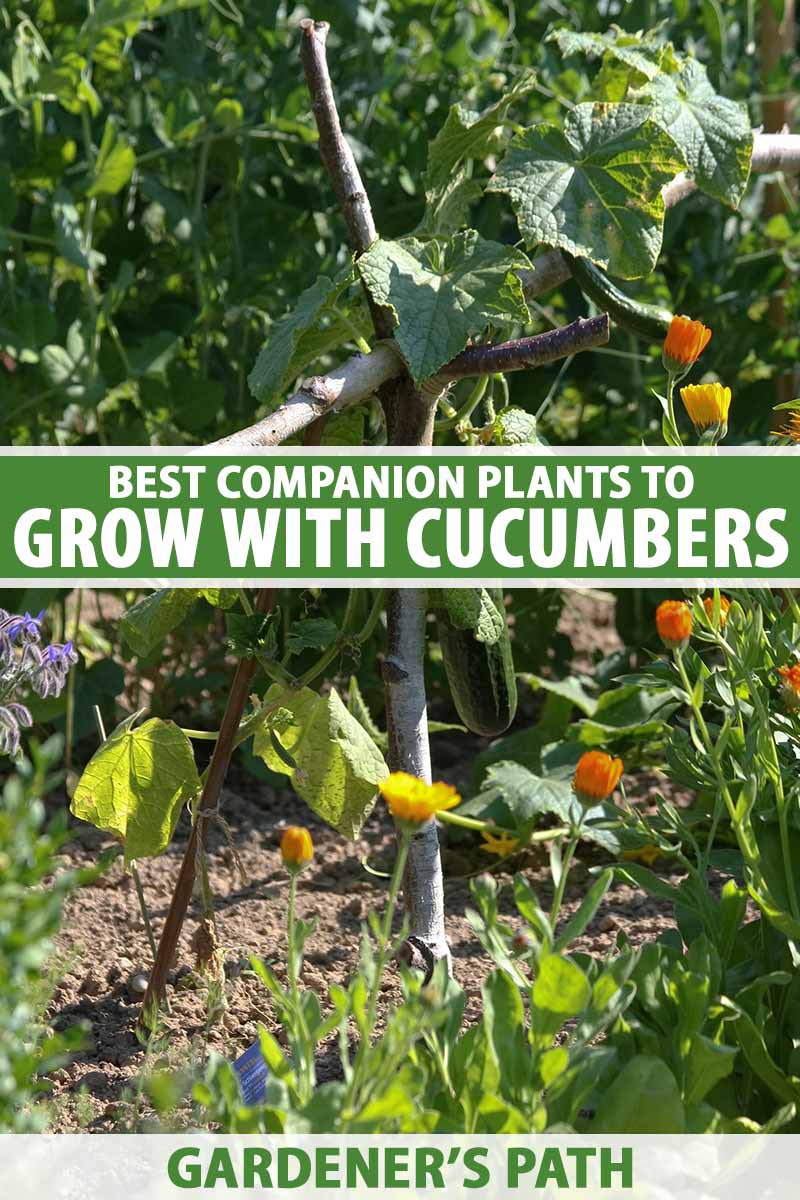
- Celery: Celery is a good companion plant for beans because it helps to repel pests. The celery's strong scent is said to deter aphids, spider mites, and other insects.
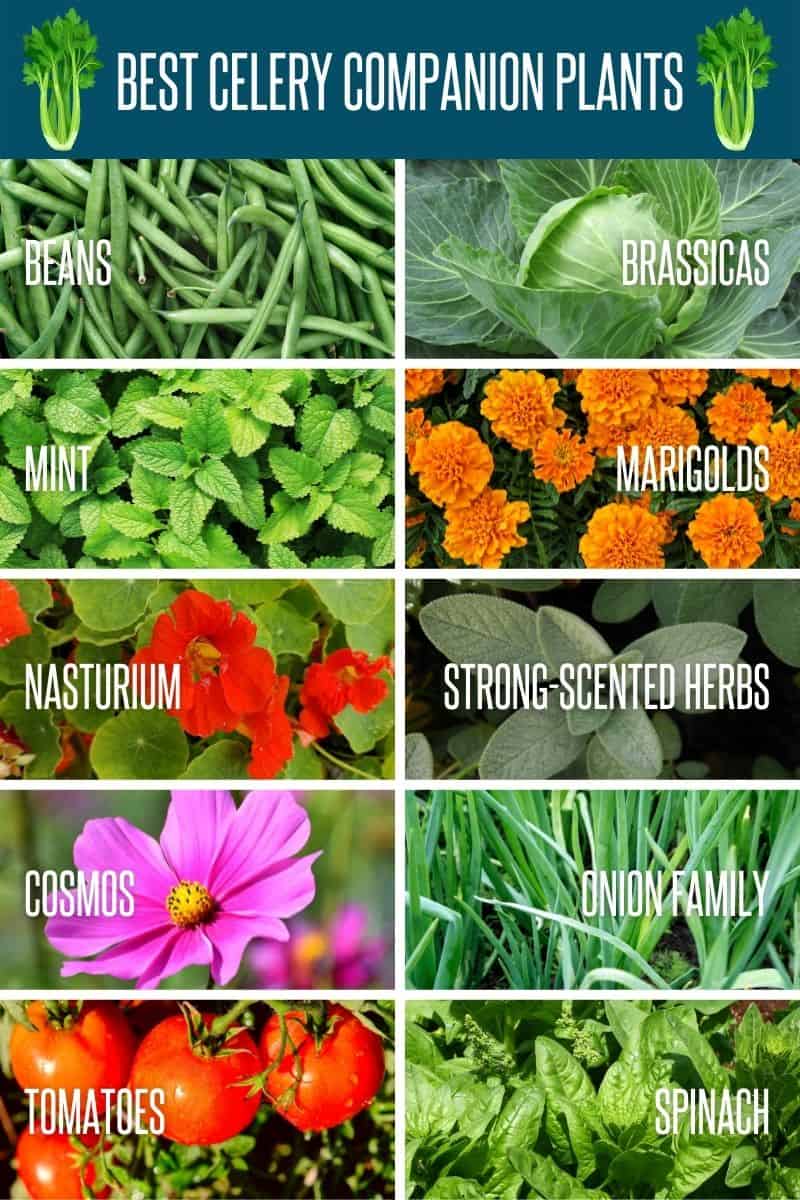
- Marigolds: Marigolds are another good companion plant for beans because they help to repel pests. The marigolds' strong scent is said to deter nematodes, aphids, and other insects.
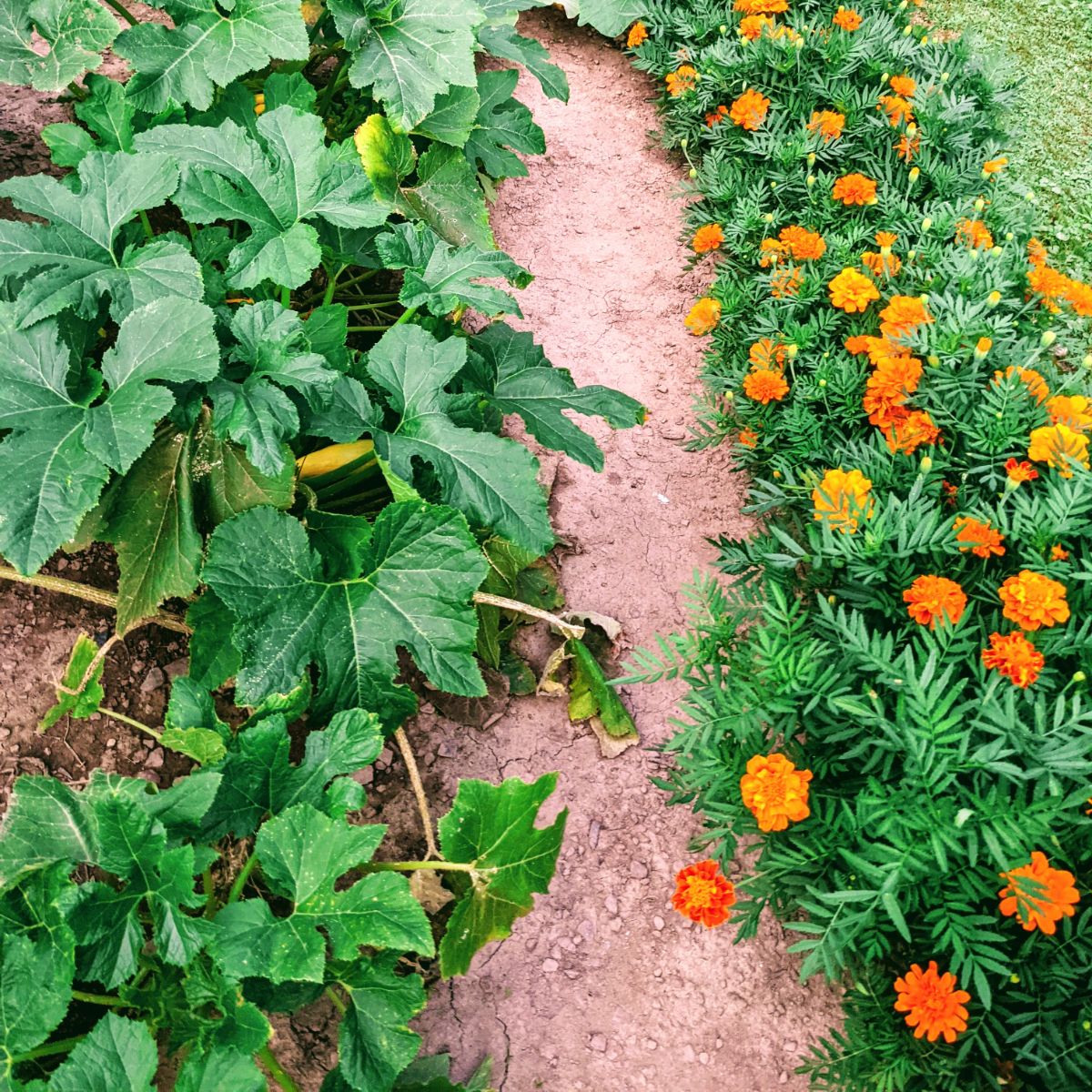
- Spinach: Spinach and beans are a good companion plant combination because they have similar growing requirements. They both need full sun and well-drained soil. Spinach also helps to suppress weeds, which can help to protect the beans from pests.

- Onions: Onions are a good companion plant for beans because they help to repel pests. The onions' strong scent is said to deter aphids, spider mites, and other insects.

In addition to these specific companion plants, there are a few general principles that you can follow when planting beans and peas with other plants. For example, it is a good idea to plant beans and peas with plants that have similar growing requirements. This will help to ensure that both plants have the resources they need to thrive.
It is also a good idea to plant beans and peas with plants that have different heights. This will help to create a more balanced garden and prevent one plant from shading out the other.
With a little planning, you can easily grow a more bountiful harvest of beans and peas by planting them with the right companion plants.
Beans and peas are delicious and nutritious vegetables that are relatively easy to grow. But did you know that you can improve their growth and productivity by planting them with certain companion plants?
Companion planting is the practice of planting different types of plants together in order to benefit each other. Some plants, for example, attract beneficial insects that help to control pests. Others help to improve the soil quality or provide shade.
There are many different companion plants that can be grown with beans and peas. Some of the best include:
- Basil: Basil is a great companion for beans because it helps to repel pests like aphids and mosquitoes. It also improves the flavor of the beans.
- Cucumbers: Cucumbers and beans can help to shade each other, which can help to keep the soil cool and moist. They also both benefit from the nitrogen that the beans fix in the soil.
- Marigolds: Marigolds are another great companion plant for beans. They help to repel pests like Mexican bean beetles and nematodes.
- Potatoes: Potatoes and beans can help to suppress weeds and improve the soil quality.
If you're interested in learning more about companion planting for beans and peas, I recommend visiting Gardenia Inspiration. This website has a wealth of information on the topic, including a list of the best companion plants, tips for planting, and troubleshooting advice.
FAQ of companion plants for beans and peas
Question 1: What are the best companion plants for beans and peas?
Answer: Some of the best companion plants for beans and peas include:
- Basil: Basil is a natural insect repellent that can help to protect beans and peas from pests such as aphids, spider mites, and whiteflies. It also helps to improve the flavor of beans and peas.
- Carrots: Carrots help to improve the drainage of the soil, which can benefit beans and peas. They also help to repel root-knot nematodes, which can be a problem for beans.

- Cucumbers: Cucumbers and beans are both heavy feeders, so they can benefit from being planted together. Cucumbers also help to shade the soil around beans, which can help to keep the soil cool and moist.

- Eggplant: Eggplant helps to repel the Colorado potato beetle, which can be a problem for beans. It also helps to improve the flavor of beans.
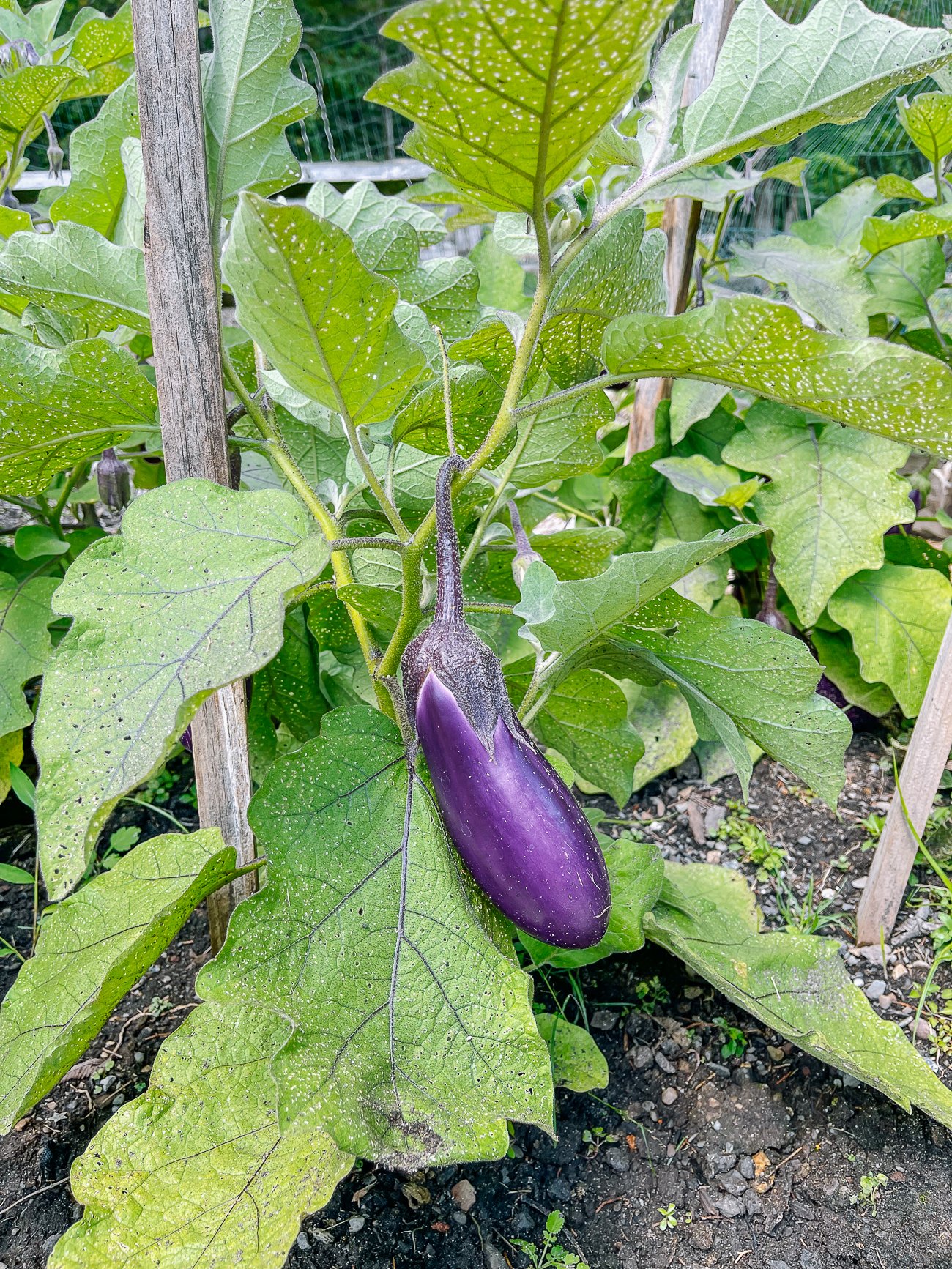
- Marigolds: Marigolds are a natural insect repellent that can help to protect beans and peas from pests such as Mexican bean beetles and thrips. They also help to improve the drainage of the soil.

Question 2: What plants should I avoid planting near beans and peas?
Answer: Some plants that you should avoid planting near beans and peas include:
- Alliums: Alliums, such as garlic, onions, and chives, can stunt the growth of beans and peas.
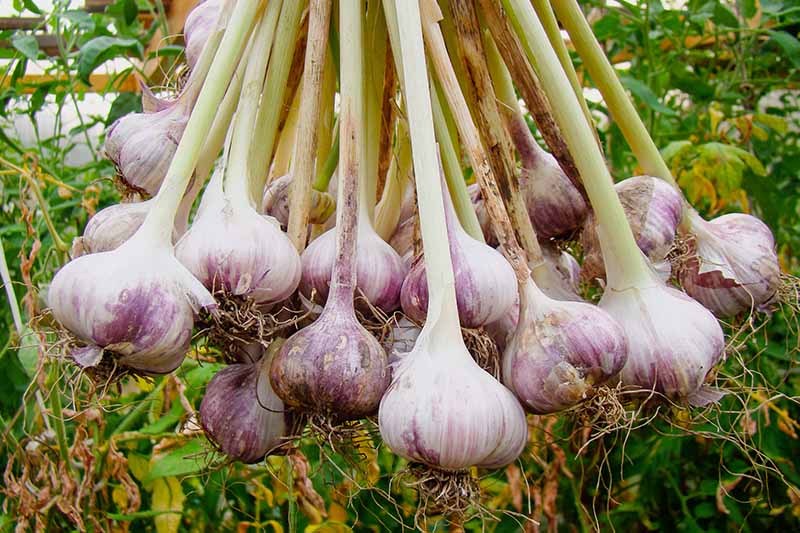

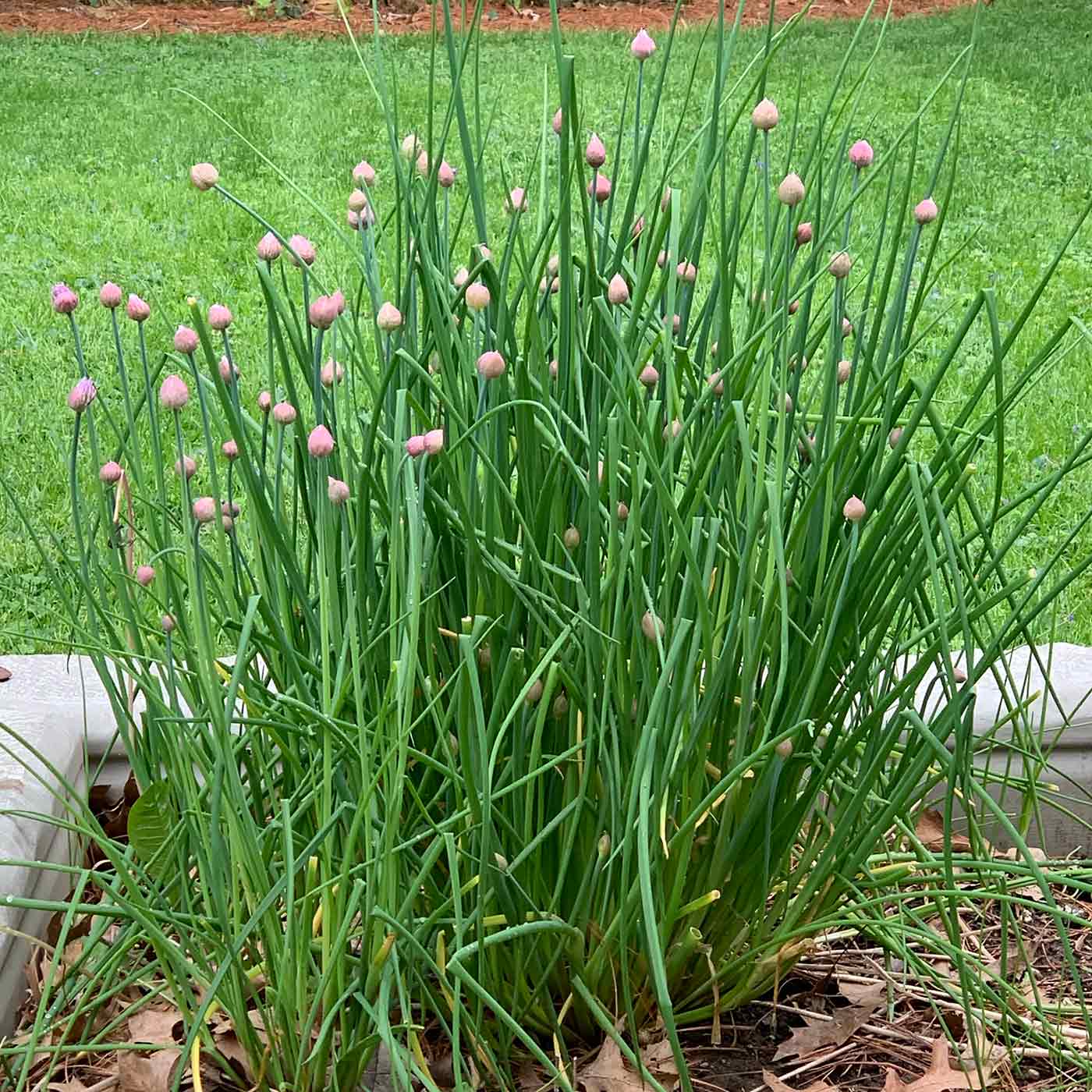
- Fennel: Fennel can interfere with the growth of beans and peas.

- Grapefruit: Grapefruit can inhibit the growth of beans and peas.

Question 3: How do companion plants benefit beans and peas?
Answer: Companion plants can benefit beans and peas in a number of ways, including:
- Attracting beneficial insects: Some companion plants, such as marigolds and nasturtiums, attract beneficial insects that help to control pests.
- Improving soil health: Some companion plants, such as carrots and clover, help to improve soil health by fixing nitrogen and aerating the soil.
- Shading the soil: Some companion plants, such as cucumbers and eggplant, help to shade the soil around beans and peas, which can help to keep the soil cool and moist.
- Distracting pests: Some companion plants, such as nasturtiums, can distract pests from beans and peas.
Question 4: How do I plant companion plants with beans and peas?
Answer: When planting companion plants with beans and peas, it is important to consider the spacing requirements of both plants. For example, beans and peas need full sun, while some companion plants, such as carrots, prefer partial shade. It is also important to consider the height of the plants. For example, pole beans grow tall, so they should be planted behind shorter companion plants.
Question 5: Where can I find more information about companion plants for beans and peas?
Answer: There are many resources available online and in libraries that can provide more information about companion plants for beans and peas. Some good resources include:
- The Vegetable Gardener's Companion: This book by Louise Riotte provides a comprehensive guide to companion planting.

- The Garden of Edible Joy: This book by Rosalind Creasy provides a more in-depth look at companion planting.

- The Companion Planting Handbook: This book by Susan Muldavin provides a practical guide to companion planting.

Image of companion plants for beans and peas
- Carrots: Carrots help to repel pests that can harm beans, such as aphids and bean beetles.
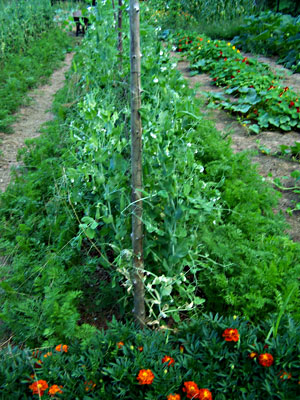
- Celery: Celery helps to improve the flavor of beans.

- Cucumbers: Cucumbers help to attract pollinators that can help to improve the yield of beans.

- Peas: Peas are a good companion for beans because they help to fix nitrogen in the soil, which can benefit both plants.
- Spinach: Spinach helps to suppress weeds that can compete with beans for water and nutrients.
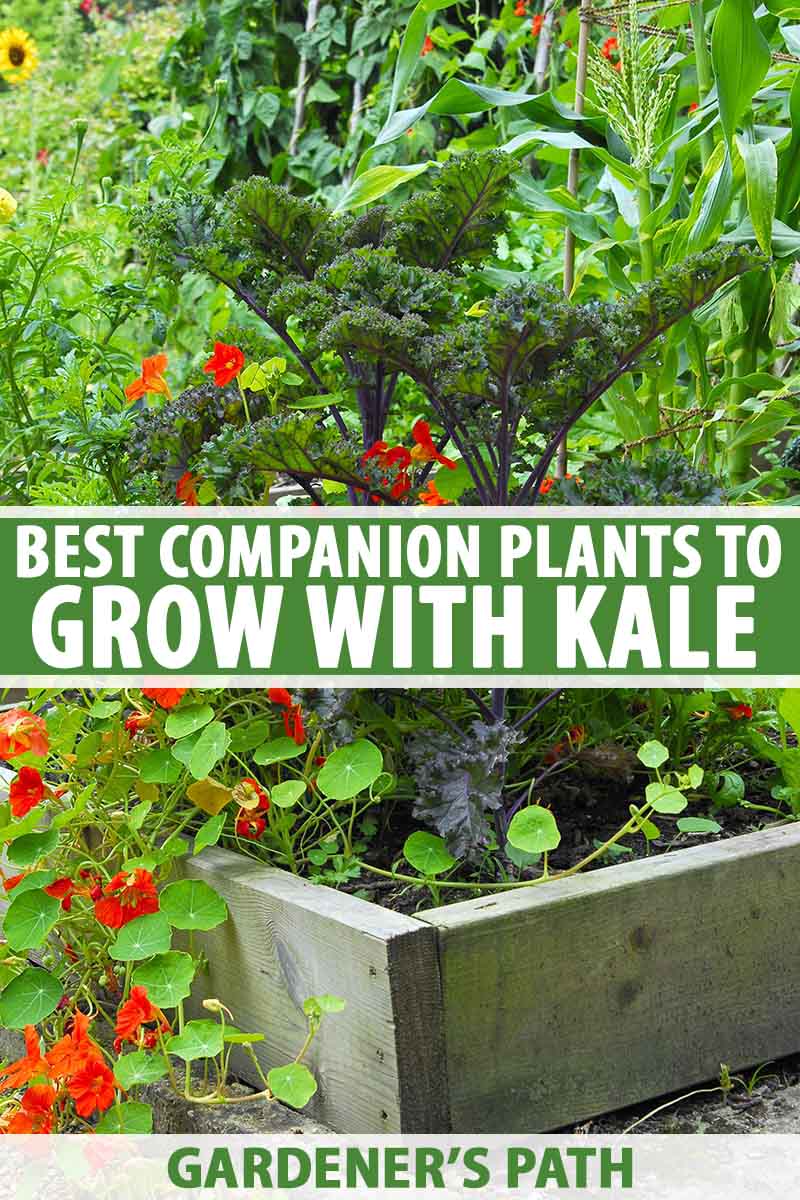
Post a Comment for "Grow A More Bountiful Harvest With These Companion Plants For Beans And Peas"